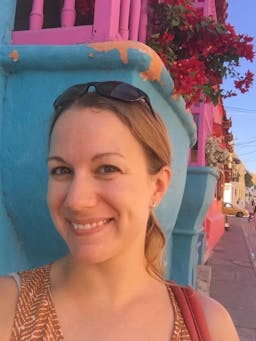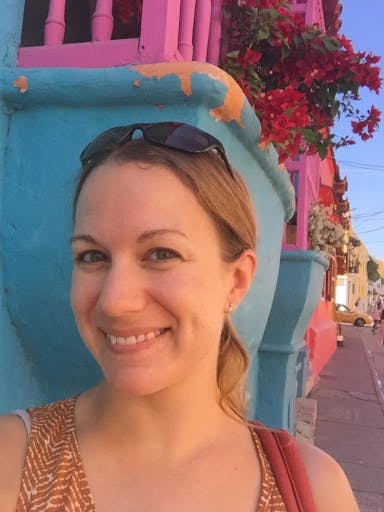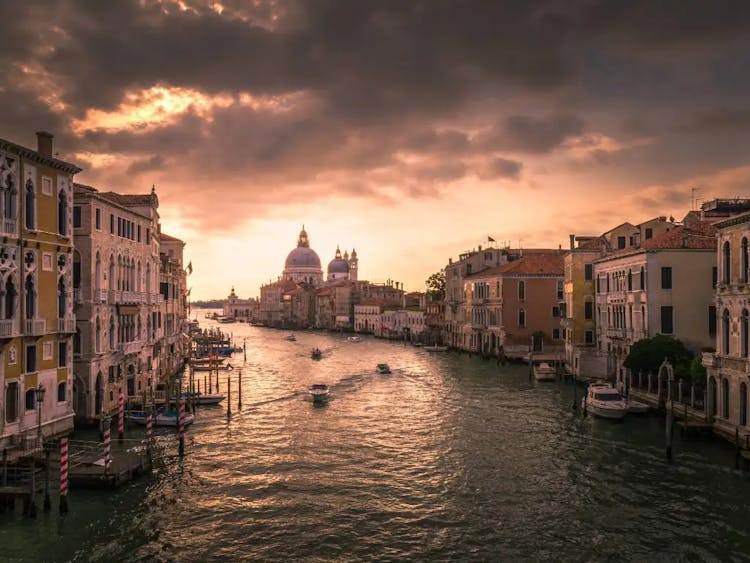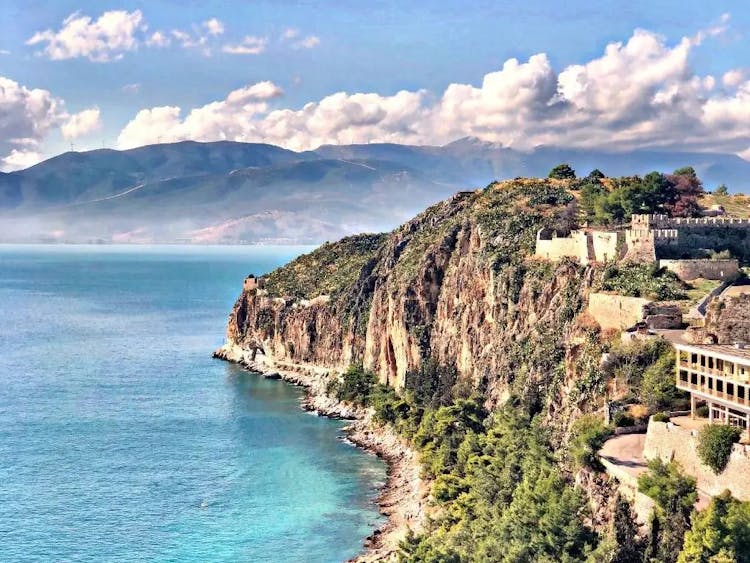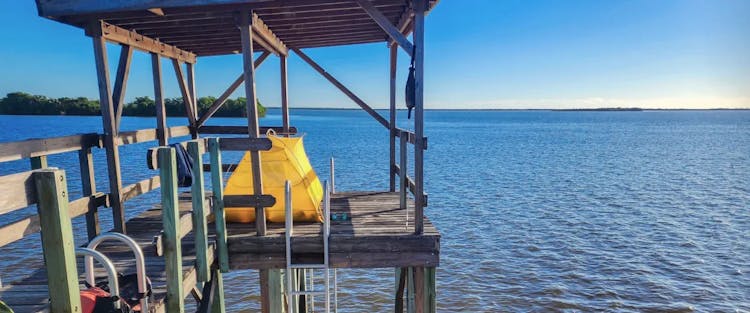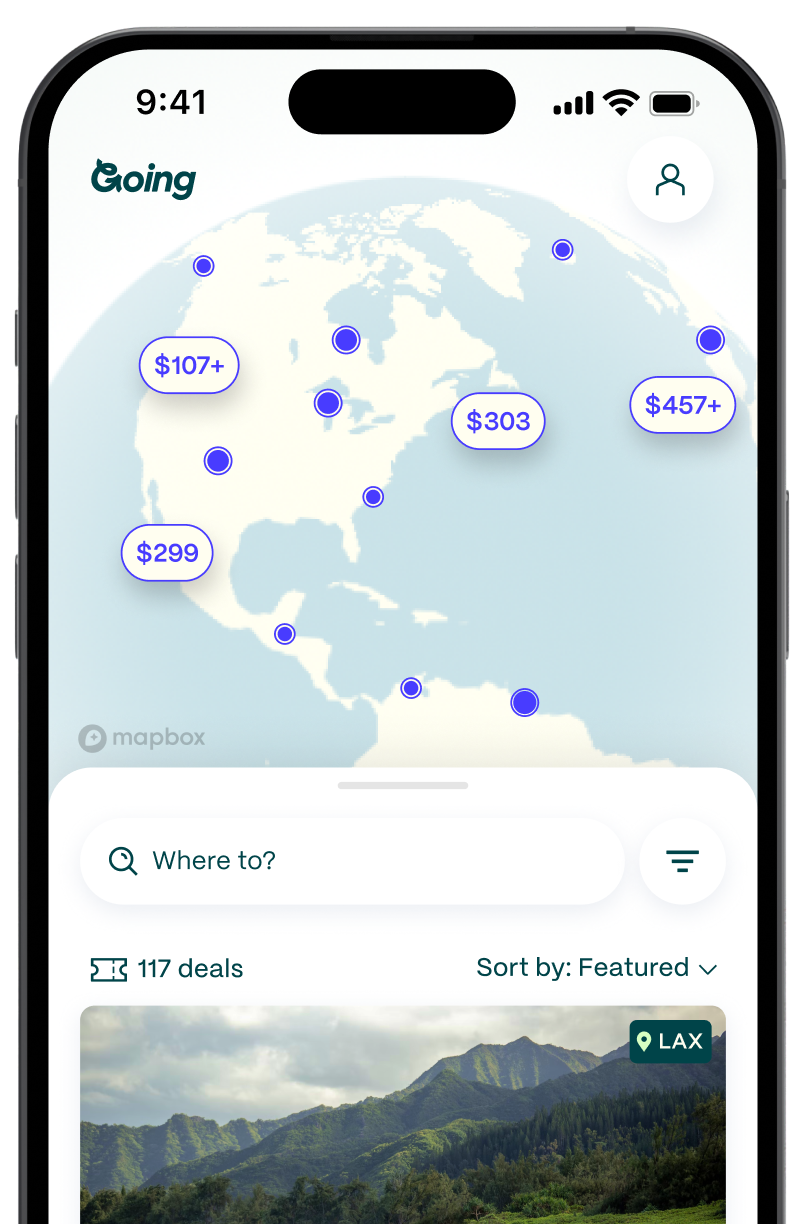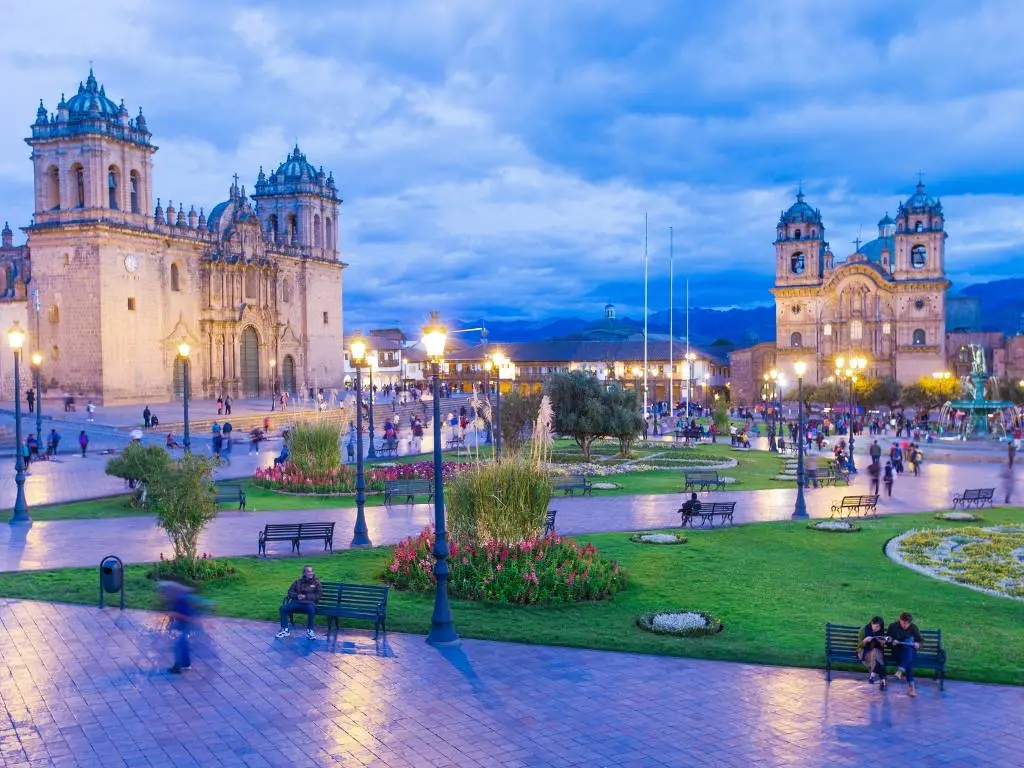
Cusco: The South American City That’s One of the Highest In the World
Cusco is best known as the gateway to the famous Inca ruins of Machu Picchu, but this enchanting Peruvian city of nearly 500,000 people deserves a few days of its own. One of the oldest continuously inhabited cities in the Americas, it was home to the Inca people starting around 1200 CE. By the time the Spanish first arrived in Cusco in 1533, it was the capital of the vast Incan empire that stretched throughout most of South America. The empire was known as Tahuantinsuyu, which means “realm of the four parts” in the Indigenous Quechua language, referring to the four regions into which the Inca divided their territory.
The invasion of the Spanish was the beginning of the end for Tahuantinsuyu. The Spanish colonial system was tragic for the people of Peru and their sacred sites. The Spanish deconstructed Inca walls to use the stones for their own buildings, and built others right on top of Inca sites.
Today, Cusco is known as the cultural capital of Peru and one of the most popular cities for tourists. Its streets are lined with both colonial and Inca architecture, many Cusqueñians still wear brightly colored traditional clothes, and you’ll find fantastic restaurants with influences from the sierra, coast, and jungle.
Inca walls like LEGO®s

Machu Picchu is the most famous Inca site near Cusco, but it’s not the only remnant of these Indigenous people. Many of Cusco’s streets are still lined with 13th-century Inca walls, the stones fitting together as perfectly as LEGO®s.
There are also many ancient passageways that are too narrow for cars, but are perfect for pedestrians. The most important of these is Calle Hatunrumiyoc, where you can see the famous Twelve-Angled Stone. In Quechua, hatun rumiyoc means “the big stone”—though from the surface visible on the wall, it’s not obvious that the stone is more than four feet deep and weighs an estimated six tons. The wall that contains Hatun Rumiyoc is attributed to the 14th-century leader Inca Roca, though why so much effort was expended on a single stone has been lost to history. Other picturesque and highly Instagrammable pedestrian streets with Inca walls include 7 Culebras, Loreto, and Santa Monica.
On most walls in the historic center only the bottom few feet are Inca architecture. Above the perfectly carved stones are adobe walls or rough stonework with mortar because in the 16th century the Spanish removed many Inca stones to use for their own colonial buildings and churches.
History on top of history

Just as the Spanish colonizers removed Inca stones to use for their own purposes, they left their mark on the city in other ways. Qoricancha is an Inca palace with a Spanish church built on top.
In Quechua, qori means gold and cancha is a wall or enclosure. The temple is attributed to the 13th-century Inca Wiracocha, though Inca Pachacutec expanded it in the 15th century. From the outside, you can see a massive Inca wall partially surrounding the colonial Convento de Santo Domingo, built in the 17th century. When the Spanish first arrived, the wall was plated with gold, which they quickly looted.
Inside the Qoricancha are the preserved Sun Temple and Moon Temple, surrounded by the church. You can see the perfectly engineered Inca walls next to European columns and an inner courtyard still used by the Jesuit monks who live there.
Today, Cusqueñians have started reasserting their Indigenous history and culture. In the center of the Plaza de Armas is a 19th-century fountain, complete with swans and tritons. In 2011, the city unveiled a statue of Pachacutec, the most famous and influential Inca ruler, which is now placed on top of the colonial fountain.
Centuries of artists in San Blas
Walking around the historic neighborhood of San Blas, you’ll see dozens of workshops, many of which have been there hundreds of years. You can watch artists paint, finish ceramics, weave, and knit. Before the Spanish arrived, this was where the Inca brought the best artisans from throughout Tahuantinsuyu. The tradition has gone uninterrupted throughout history and it’s one of the best places to buy locally made art
The most traditional Cusqueñian art is weaving and you’ll see innumerable intricate patterns, all woven with bright colors. While many colors now are synthetic, some places still use natural dyes, like HJK Studio in Plazoleta San Blas.
Recently, new art galleries have started to sell art from the Peruvian Amazon. Two of the best are Xapiri Ground in Plazoleta San Blas and Awa Galería on Calle Carmen Alto. At Xapiri Ground art house and cafe, you’ll see many kinds of ceramics, paintings, weavings, and other art. Xapiri sells art at prices that favor the artist, with the goal of economic sustainability for Indigenous communities. AWA Galería focuses on paintings made by Amazonian artists, many of which combine dreamlike images of animals and Indigenous people coexisting in the rainforest.
The models who bring alpacas to work

On any stroll around the historic center, you will invariably see women wearing brightly embroidered clothes and beautiful hats. Some are tourists from the Peruvian countryside, and some are women who invite tourists to take photos of them for a tip. The women are generally sitting near tourist attractions, like the Qoricancha.
Many of these women live in a village called Fortaleza Sacsayhuamán in the hills just above Cusco. They wear brightly colored handknit cardigans and bowler hats, and usually have lambs or llamas with them. Other women come from villages five to six hours south of Cusco, from the mountains near the towns of Paucartambo or Ocongate. They wear brightly colored embroidered skirts, jackets, and montera hats, and usually have lambs or baby alpacas with them. They come into the city to pose for photos for tips—in most years, their income is unpredictable, but it’s always more than what they can make farming potatoes.
When Peru went into lockdown in 2020 and the borders closed for the pandemic, the women were forced to go back to their mountain villages. With all the airports closed from March 16th through the end of October, the women lost all of their income from tourism for about eight months.
Machu Picchu: The old mountain
In Cusco, the names of hotels, restaurants, streets, and tourist attractions are often in Quechua, an Indigenous language that spread through the Andes as the Inca expanded their territory. Even the most famous place, Machu Picchu, has an enigmatic name until you learn a few words of Quechua. Machu means old and picchu means mountain. The two c’s in picchu are meant to be pronounced separately: pic – chu. So then what about the most famous hike at Machu Picchu: Huayna Picchu?
Huayna means young and is a great example of the spelling challenges that Quechua presents. You will see the same word spelled wayna just as often as huayna. The European alphabet doesn’t have letters for all Quechua sounds and there is still no one “right” way to spell words in Quechua.
For place names, you’ll notice that most towns end in either -tambo, -bamba, or -llaqta. When buying tickets for Machu Picchu, the main set of ruins is Machu Picchu Llaqta. The website doesn’t bother to translate llaqta, which means town. A tambo is a resting place, usually a small town with lodging or even just a crossroads on the system of Inca trails. The word bamba also means town, but usually represents a smaller place than a llaqta.
Ceviche without the sea

Ceviche is popular in several countries, and each has its own touch, though the basics are the same. It is made by marinating raw fish in lime juice, so that the acid of the lime “cooks” the fish. Peruvians are quite proud of the homegrown tiny limes used in their ceviche, which are very sweet and flavorful.
While ceviche made with saltwater fish is often preferred, Cusco has its own version of ceviche made with freshwater trout. In the Sacred Valley, adjacent to Cusco, many families have a trout pond or two. These are small, local businesses that provide trout to the restaurants of Cusco. The ponds have cold glacial melt running through them and produce delicious fish.
By ordering trout ceviche, you are decreasing the pollution from airplane fuel used to bring ocean fish to Cusco, among other environmental concerns. According to the Nature Conservancy and WWF, Peru is moving towards more sustainable fishing practices on its Pacific coast. However, until certifications for sustainably harvested fish are common in Cusqueñian cevicherías, that’s another point for locally grown trout ceviche.
The market roof with a Paris connection
The largest and most popular market in Cusco for both tourists and locals is San Pedro. All markets in Peru have sections for serving food, along with separate sections for fruits, vegetables, butchers, fishmongers, and bakers. San Pedro also has stalls selling everything from handwoven blankets and sweaters to baskets and handmade ceramics around the perimeter of the market. This is a great place to buy souvenirs and watch locals do their weekly grocery shopping.
When you enter San Pedro, look up. The sides of the market are open but the metal roof covering the space was designed by Gustave Eiffel and inaugurated in 1925. Eiffel was captivated by Cusco and lived there for a time. The San Pedro roof was his way of thanking the city for making his stay so wonderful.
Another thing San Pedro is famous for is the juice stalls. Here you can choose from a dizzying variety of fruits from the Peruvian Amazon, some of which you won’t even find in other cities in Peru. For a creamy texture, ask for lúcuma added to your juice. If you want a tart edge to the juice, ask for maracuyá (passion fruit). If you want a uniquely Amazonian fruit, ask for camu camu or copoazú.
The San Pedro Market is a great place for both breakfast and lunch, with dozens of stalls at the back of the market selling everything from ceviche to the Peruvian classic lomo saltado (beef stir fry).
Combating altitude with coca

Cusco stands at around 11,200 feet above sea level (for comparison, Denver is about half that high), making it one of the highest cities in the world. At that altitude, the air is thin enough that it can be hard to get enough oxygen.
Whether you come straight from sea level or spend a few days at a slightly lower altitude first, you may have a headache and feel a bit winded on your first day in Cusco.
To combat the effects of altitude, Peruvians consume coca leaves—either made into tea or chewed raw. And yes, that’s the same coca plant that contains the psychoactive alkaloid used to make cocaine. However, it takes about one ton of coca leaves to make one kilo of cocaine, and unlike the drug, chewing coca leaves or drinking coca tea is perfectly safe and legal in Peru (and sold in most supermarkets).
If you don’t want to try coca, caffeine and ibuprofen help just as much. Look for coffee shops that serve Peruvian-grown coffee, like Café d’Wasi and Cocla Café. The best coffee from the Cusco region is grown in Santa Teresa, a town near Machu Picchu.
A hot drink for cold nights
The famous pisco sour may be the first drink that comes to mind when you think about Peruvian beverages, but that cold cocktail is best enjoyed in lowland or coastal cities like Lima where the climate is much warmer.
Despite being close to the equator, the Andes Mountains in Peru are cold. Even if it’s warm during the day, the temperature drops swiftly at night. In Cusco, the most popular drink among locals is té piteado, a hot drink perfect for cold nights. The name translates to spiked tea, and though everybody has their own recipe, the basic ingredients are hot black tea and pisco. Some places mix in honey and serve pitchers of té piteado with wedges of lime. Some have more complicated recipes involving fruit or replacing the black tea with mint and coca leaves.
Not everybody loves pisco, though, so some bars offer the option of rum in their té piteado. If you do decide to partake in a traditional té piteado, keep in mind that alcohol is harder on a person who hasn't acclimated to Cusco’s altitude yet.
See Going's deals on flights to Cusco, and join today to get cheap flights delivered right to your inbox.
More South American destinations:
Published October 24, 2023
Last updated December 19, 2023
